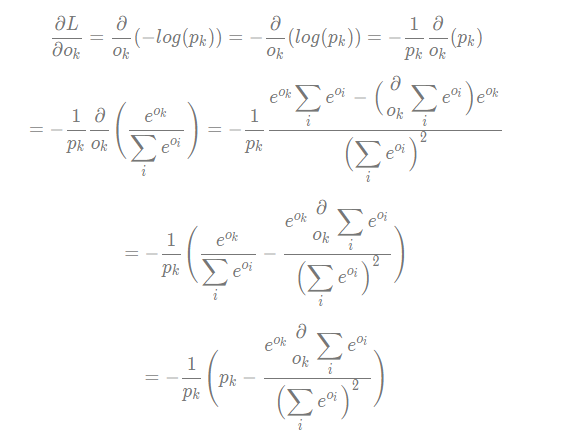Semicolons in Excel: A Quick Guide

In the vast world of data management and analysis, Excel stands as an indispensable tool, offering a multitude of features to simplify complex tasks. One such feature, often overlooked yet incredibly powerful, is the semicolon (;). This simple punctuation mark can significantly enhance your Excel experience, improving data organization, readability, and even facilitating more efficient formulas. This guide aims to demystify the semicolon's role in Excel, empowering you with the knowledge to utilize it effectively and unlock new possibilities in your data manipulation.
The Semicolon: Excel’s Secret Weapon

The semicolon in Excel serves as a delimiter, a character used to separate data items. While many are familiar with the more common comma delimiter, the semicolon offers a unique and often more suitable alternative. Its primary role is to demarcate distinct pieces of information within a cell, enabling you to store and manage multiple data points efficiently.
Imagine you have a dataset containing names and phone numbers. Instead of creating two separate columns, you can use semicolons to separate the name and phone number within a single cell. This not only saves space but also allows for more flexibility in data presentation and manipulation.
When to Use Semicolons
Semicolons are particularly useful in situations where you need to represent multiple values within a single cell. Here are some scenarios where semicolons can be a game-changer:
- Contact Details: As mentioned earlier, combining names and phone numbers, or even multiple contact details, can be neatly managed with semicolons.
- Tags or Labels: If you have a list of items with associated tags or labels, semicolons can separate them effectively.
- Address Information: For addresses with multiple components like street, city, state, and zip code, semicolons can provide a clean separation.
- Custom Lists: Creating custom lists with semicolons allows for easy reference and manipulation, especially when combined with Excel’s powerful functions.
Let's illustrate this with an example. Consider a dataset of employees with their names and department IDs. By using semicolons to separate the name and ID, you can quickly sort, filter, or manipulate the data as needed.
| Employee | Department |
|---|---|
| John Smith; 101 | HR |
| Emily Johnson; 102 | IT |
| David Miller; 103 | Finance |

Mastering Excel Formulas with Semicolons

The true power of semicolons in Excel is unleashed when combined with formulas. Many Excel functions allow you to input multiple arguments, and semicolons provide an elegant way to input these arguments within a single cell.
Function Arguments with Semicolons
Consider the VLOOKUP function, a staple in Excel for retrieving data from large tables. By using semicolons, you can provide the function’s arguments (lookup value, table array, column index number, and range lookup) within a single cell. This not only simplifies the formula but also makes it more readable and easier to manage.
For instance, the formula =VLOOKUP("Smith;3";B2:D100;2;FALSE) would search for "Smith" in the range B2:D100, return the value from the second column (index 2), and perform an exact match (FALSE). The semicolon here separates the arguments neatly.
Array Formulas with Semicolons
Array formulas are powerful tools in Excel, allowing you to perform calculations on multiple cells at once. Semicolons can be used to define the range of cells for these formulas, making them more efficient and readable.
Take the SUM function as an example. The array formula =SUM(B2:B100) calculates the sum of values in the range B2:B100. However, with semicolons, you can specify multiple ranges: =SUM(B2:B50;C3:C55;D7:D100), which sums the values in all three ranges.
instead of just Enter to apply the formula correctly.
Semicolons for Text Manipulation
Excel isn’t just for numbers; it’s equally adept at handling text. Semicolons play a vital role in text manipulation, allowing you to extract, combine, and transform text data with ease.
Text Extraction with Semicolons
The LEFT, RIGHT, and MID functions are powerful tools for extracting text from a string. By using semicolons, you can specify the exact position from which to extract the text.
For instance, the formula =LEFT("John Smith;101";8) would extract the first 8 characters ("John Smit") from the string, effectively separating the name from the ID.
Combining Text with Semicolons
The CONCATENATE function is often used to combine text strings. Semicolons can be used as arguments to specify the text to be combined.
The formula =CONCATENATE("Employee";";";"101";";";"John Smith") would result in "Employee;101;John Smith", neatly combining the employee details.
Transforming Text with Semicolons
Excel’s SUBSTITUTE function allows you to replace specific text within a string. Semicolons can be used to specify the old and new text for replacement.
For example, =SUBSTITUTE("John Smith;101";";";",") would replace the semicolon with a comma, resulting in "John Smith,101".
Conclusion: Embracing the Semicolon
The semicolon in Excel is a versatile tool that can revolutionize your data management and analysis. From efficient data organization to powerful formula manipulation and text transformation, its applications are vast. By mastering the semicolon, you unlock a new level of efficiency and flexibility in your Excel journey.
Remember, the key to success with semicolons is consistency and understanding. Use them wisely, and you'll soon discover a whole new world of possibilities within Excel.
Frequently Asked Questions

Can I use semicolons with all Excel functions?
+While semicolons are compatible with many Excel functions, some functions have specific requirements or limitations. It’s important to review the function’s documentation to ensure proper usage.
How do I handle errors when using semicolons in formulas?
+Errors in Excel formulas can occur due to various reasons, including incorrect data types, missing arguments, or invalid syntax. To handle errors, you can use Excel’s error-handling functions like IFERROR or ISERROR to provide alternative results or indicate the presence of an error.
Are there any best practices for using semicolons in Excel?
+Yes, consistency is key when using semicolons. Ensure that you use semicolons consistently throughout your workbook to maintain data integrity and avoid confusion. Additionally, always review your formulas and data to ensure accuracy and avoid potential errors.



